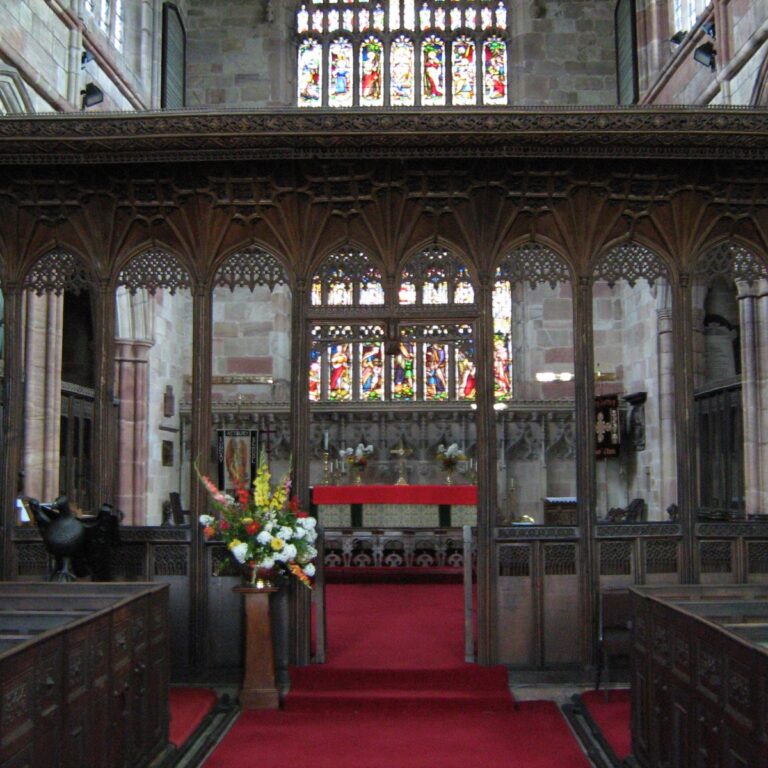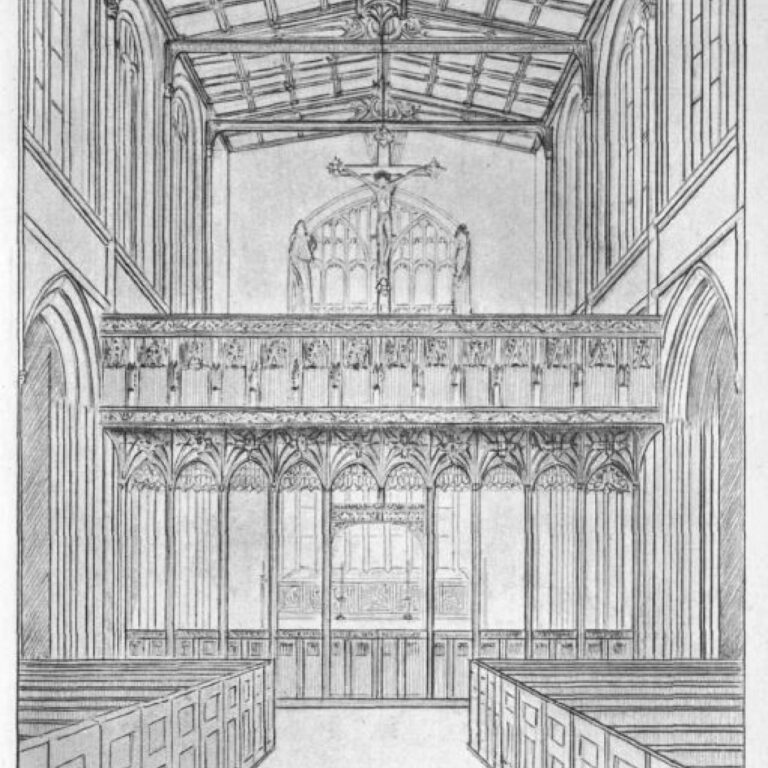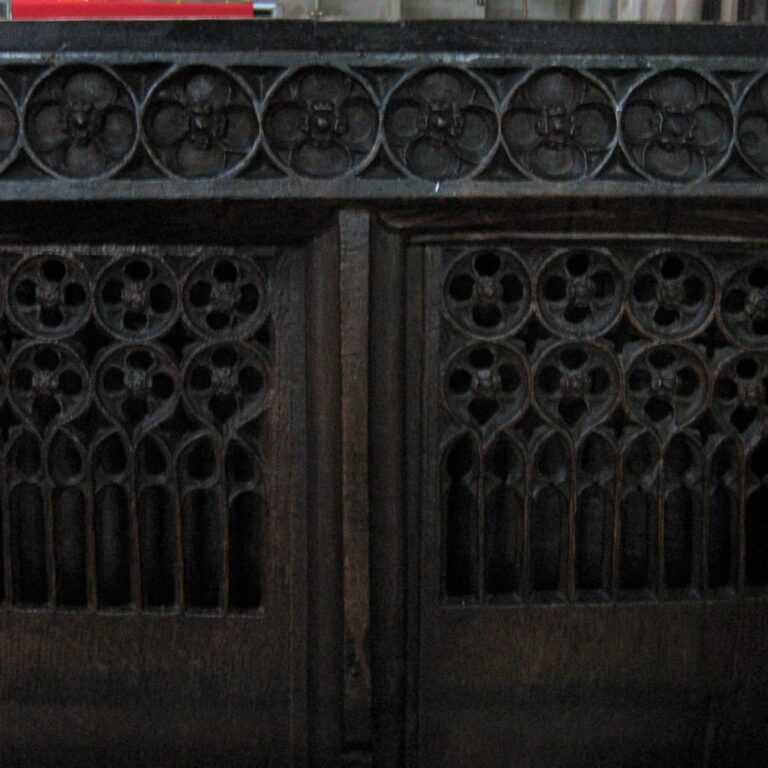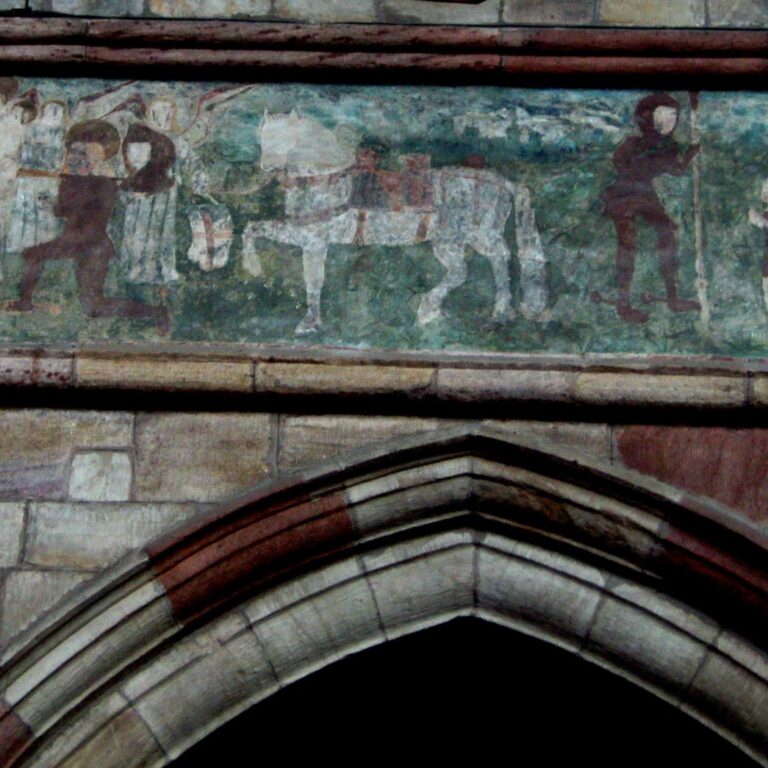Places: Astbury
Widget not in any sidebars
Place Type
Parish
County
Cheshire
Parish
Astbury
Deanery
Middlewich
Causes
EDC 5/1580/9 – Jane Agard contra John Leigh, esquire, of Ridge and Elizabeth Leigh, widow, of Ridge
ASTBURY
The parish of Astbury was on the eastern boundary of Cheshire, bordering Staffordshire, and comprised eleven townships being Buglawton, Congleton, Davenport, Eaton, Great Moreton, Hulme-Walfield, Newbold Astbury, Odrode, Smallwood, Somerford Booths and Somerford cum Radnor.
The church was mentioned in the Domesday Book and following lengthy litigation it was accepted by the end of the fourteenth century that the rectory belonged to St Werburgh’s Abbey in Chester. Following the dissolution of the abbey the advowson passed to the dean and chapter of the new cathedral and from them to Sir Richard Cotton and then to the Egerton family. The rectors owned all the tithes of the parish but tended to be absentee pluralists, at least in the early part of the sixteenth century. Thus John Brereton, brother of the executed courtier, William, held the parish from 1535 until his death 1542. At the same time, he was a royal chaplain and held the parishes of St Mary in Chester, Christleton and both moieties of Malpas in Cheshire, as well as being a canon of St Paul’s. He was succeeded in the parish by Hugh Powell (or ap Howell/Apowell) who also held the parish of Eccleston in Cheshire and Llanvetherine in Monmouthshire.
The existing church was originally built in the twelfth century but substantially altered over the next three hundred years. The church building is unusual in that the tower, probably dating from the fourteenth century, is not integrated into the main building, but connected to it by a passage. Much of the woodwork of the interior, including the chancel screen and the parclose screen (separating the aisle from the nave), dates from about 1500, and it is thought that a surviving wall painting of St George dates from about the same time.
The fourteenth-century tomb of Ralph Davenport can be seen in the church, in the churchyard is a medieval canopied tomb, but the figures of a knight and his lady associated with it have been badly weathered.
Sources:
Rev. J. E. G. Cartlidge, Newbold Astbury and its History (Congleton, 1915: reprinted 2004)
J. P. Earwaker, The History of the Church and Parish of St Mary-on-the-Hill Chester (London, 1898), p. 80
Miriam Gill, ‘ “Now help, St George, oure lady knyght … to strengthe our Kyng and England ryght”. Rare scenes of Saint George in a wall painting at Astbury, Cheshire’, Transactions of the Lancashire and Cheshire Antiquarian Society, 91 (1997) pp. 91-102.
Douglas Jones, The Church in Chester 1300-1540 (Chetham Society 3rd series, 7, 1957), p. 176
George Ormerod, The History of the County Palatine and City of Chester (second edition, revised and enlarged by T. Helsby, London, 1882), vol. iii, pp. 21-72
The black and white images are reproduced from volumes 64, 68 and 69 of the Transactions of the Historic Society of Lancashire and Cheshire by kind permission of The Historic Society of Lancashire and Cheshire.










